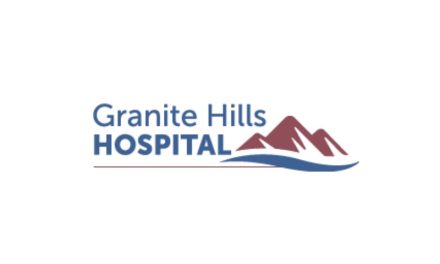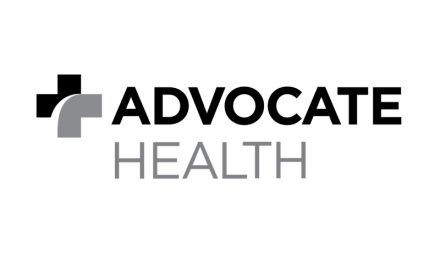
Don’t settle for a job when you can build a career
by Ann Zenk, WHA Vice President, Workforce and Clinical Practice
It’s hard to top a career pathway where you can increase your salary by more than four-fold in as little as six years, and with perks like tuition support, flexible scheduling and employment while you pursue advancement. That’s the career path open to those who enter the health care workforce, and a career path highlighted in the Wisconsin Hospital Association’s 2017 Wisconsin Health Care Workforce report. I personally pursued that career path, from food service while in high school, to certified nursing assistant while in college, to registered nurse and nurse executive while in grad school, now rounding out my career as WHA’s resident expert on workforce. Health careers are endlessly interesting and rewarding. With health care employment expected to grow by 30 percent in the next decade, it’s a pathway with boundless prospects for the future.
The opportunity for advancement creates constant turnover and high vacancy rates (we call it churn) in entry level positions as individuals leave their role as a dietary aide or nursing assistant to follow their career path. While this creates concerns for health care employers, who can’t close the doors in this 24/7/365 business, they know advancement fills the need for nurses, advanced practice clinicians and other health care professionals. That means churn in entry level positions may be health care’s new reality.
At WHA’s urging, our state policymakers are acknowledging and supporting the continuous investment required to build and sustain a health care workforce. The Rural Wisconsin Initiative, part of the Wisconsin 2017-2019 state budget, provides a chance for health care employers and educational entities to team up and apply for matching grants to create training programs for allied health professionals and advanced practice nurses. These funds will let us grow the workforce locally we need to assure Wisconsin citizens have access to the best health care in the nation.
Nursing has successfully used this career path to grow the profession. We had 10,000 more nurses in Wisconsin in 2016 than in 2012, and with 26,000 Wisconsin nurses expected to retire by 2030, we will need even more.
WHA challenges health care organizations, educational entities and professional associations to make their career pathways more visible and attractive to new workers for allied health professions, like respiratory therapy and physical therapy, where the vacancy rates in hospitals for these occupations have nearly doubled since 2014.
The Rural Wisconsin Initiative enhances our ability to maintain and sustain the workforce we need to meet the growing demand for medical services in communities across Wisconsin.
See 2017 WHA Health Care Workforce Report: http://www.wha.org/pdf/





